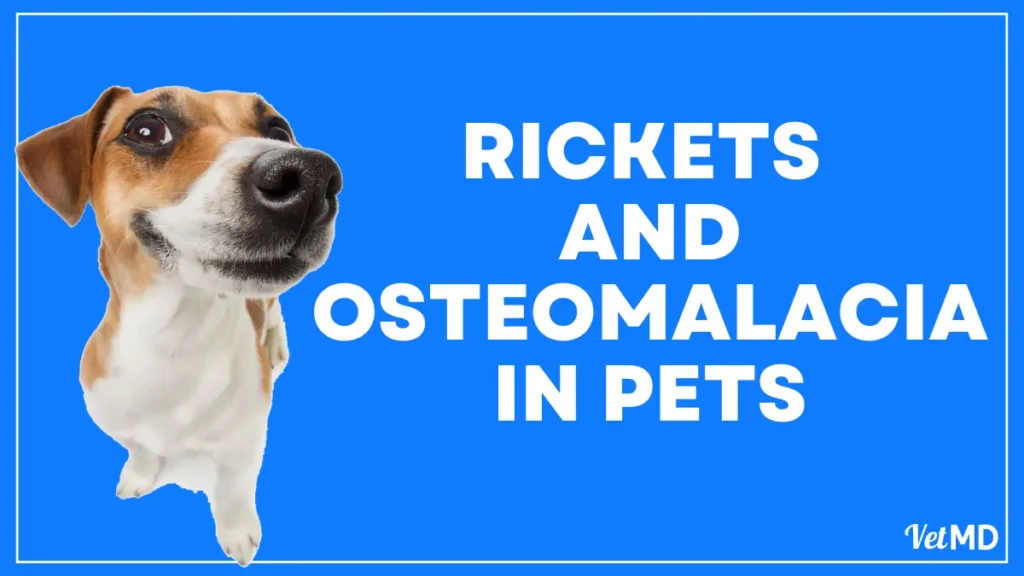These terms indicates a failure of none to assimilate calcium and phosphorus leading to softening of bones along with with distortion and thickening of joints. The Rickets is seen in young growing pups and kittens while the osteomalacia in adult dogs and cats.
Causes of Rickets
Deficiency of calcium, phosphorus and Vitamin D in the body and their improper metabolism.
Clinical Symptoms
Enlargement of joint at the end of bones with painful swelling and lameness. The lameness is more pronounced in osteomalacia.
Treatment and Management
- Injection Macalvit: 0.5-1 ml deep IM, once or twice a week.
- Calcium tablets or syrups, twice daily for one month.
- Massage of AD vitamin oil on the part affected with exposure to mild sun rays, thereafter, for 30 minutes.
- AD capsule or cod liver oil, once a day for 15 days.
- Calcirol-D granules, once a week till recovery.
Prevention and Control of Rickets
Prevention of Rickets, in newly born pups and kittens can be brought about by feeding extra calcium to the pregnant and nursing mothers. Growing pups and kittens between 6 weeks to 6 months of age should be given calcium tables or syrups, once or twice a day. Remember that calcium should never be given in milk. Massage of olive oil or AD oil once a week and thereafter exposure to sun ray for about half an hour to assist in the synthesis of Vitamin D inside the animal’s body. This vitamin is helpful in preventing rickets through proper metabolism of calcium and phosphorus.
Provide the diet rich in protein, calcium, phosphorus and Vitamin D.
Avoid Feeding of Calcium with Milk
Since the main diet of growing pups is milk, pet owner prefer to add calcium suspension or tablets in milk itself. Even most of the veterinarians also advise feeding of calcium with milk. But this practice is objectionable because of the fact that calcium combines with milk protein casein and forms calcium caseinate, which is not absorbed by the pet’s body and passes out in faeces. Such a reaction causes deficiency of calcium in the animal body in spite of calcium feeding and leads to development of rickets or osteomalacia.







Pingback: Pain Relief for Dogs: How to Comfort Your Painful Pet
Pingback: Bone Cancer in Dogs: Understanding Canine Osteosarcoma